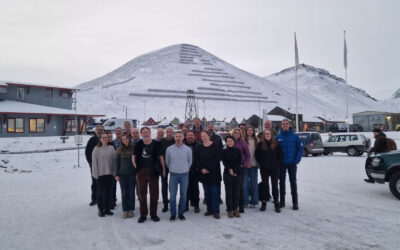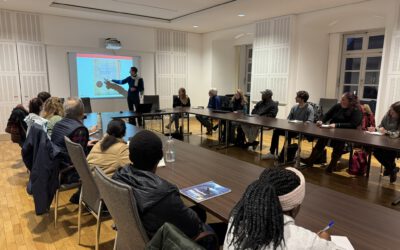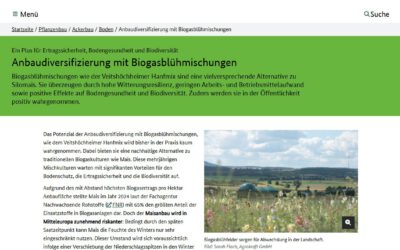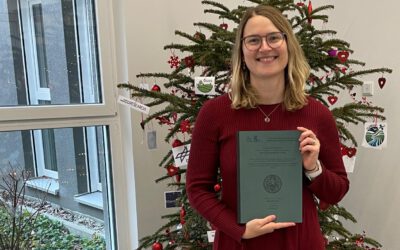We wellcome Steven Hill who has just started working as a PhD candidate at the Dept. of Remote Sensing since October 2015. After the successful completion of his M.Sc thesis on “Predicting the Forest Development after Natural Disturbance using Airborne LiDAR”, he will will now more profoundly deal with topics such as multi-temporal 3D data processing,forest structure modeling and spatial characterization of regeneration dynamics following natural disturbances. The tentative title of his upcoming PhD thesis will be “Monitoring the structural parameters of forest habitats by multi-source/multi-temporal remote sensing data”. Steven Hill has also been recently accepted as a fellow of the Helmholz Research School on Mechanisms and Interactions of Climate Change in Mountain Regions (MICMoR).









